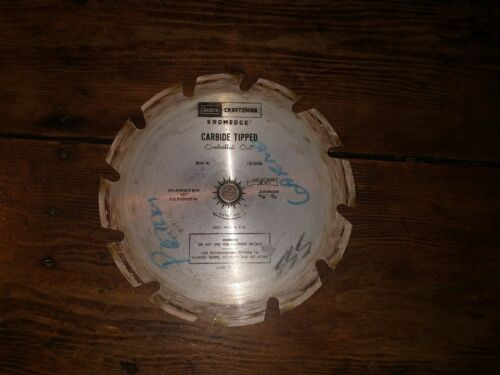I have a radial arm saw, a table saw, and a compound miter saw. The one I fear the most is the compound miter. Especially making miter cuts, there is no good way to secure the work without having your fingers dangerously close to the blade. When I was a teenager, I had forty stitches from a run-in with my Dad's table saw. I am extra cautious using one as a result. For close work, I wrap my fingers around the fence for security and use a push stick with the other hand.
My first saw was the radial arm and I am actually much more comfortable with that saw. As stated by Dave, one hand is on the control so it's out of the way. The work is stationery and secure against the fence and I make sure that the other hand is well away from the path of the blade. True, it can grab but good hand control can control that.
All my saws have 10" blades and I use them interchangeably on the three saws. They are all carbide with tooth count for 36 to 50. I have a lot of old carbon steel blades for specialty work but I haven't used one in more than forty years.
Each of the saws has its own use. Try to accurately cross cut a 10' board on a table saw. The radial arm is my weapon of choice for cross cuts. OTOH, you can't cut a sheet of plywood in half on a radial arm saw; the table saw is the tool. When cutting trim, the necessity of changing adjustments for each piece make the compound miter the tool and there really isn't any other convenient way to actually make a compound miter cut . It is also easily portable so it is easier to move to the job site.
Another consideration is the reference surface. A radial arm saw references the side away from the cut so when making a dado, the thickness of the remaining work is constant. OTOH, a table saw references the front side of the cut so a dado cut is of constant depth. This can used to your advantage , particularly with lumber that is less than perfect regarding thickness or straightness.


